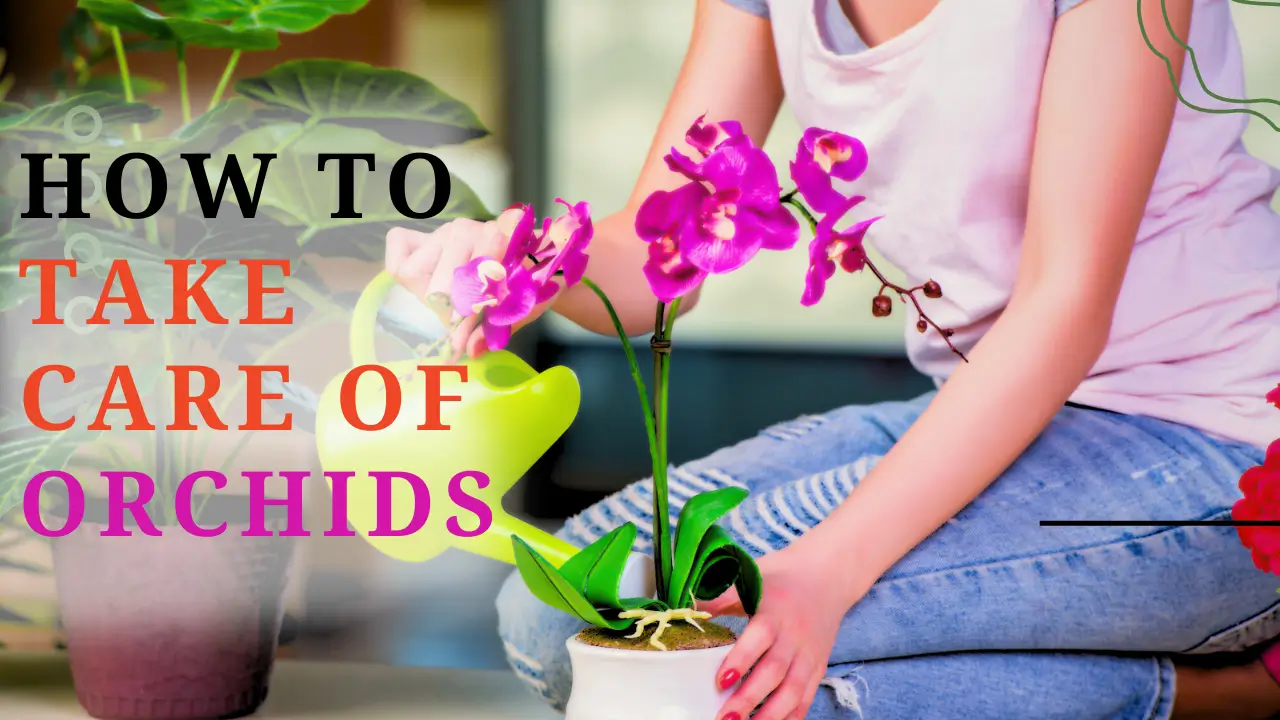
Orchids, often regarded as the queens of the flower kingdom, are exotic and captivating plants that have fascinated humans for centuries. With their stunning array of colors and intricate shapes, these elegant blooms have become a symbol of refinement and beauty. However, despite their allure, many people hesitate to grow orchids due to their reputation for being delicate and challenging to care for. In this comprehensive guide, we will dispel the myths and reveal the secrets to successfully nurturing these exquisite plants. Whether you're a seasoned gardener or a beginner, these tips will help you ensure your orchids thrive and blossom in all their splendor.
To care for orchids effectively, it's crucial to understand their natural habitat and needs. Most orchids are epiphytes, meaning they thrive in non-terrestrial environments such as on trees or rocks. Because of this trait, they need special attention:
a. Light: Orchids need strong, indirect light. Keep them out of the direct sunshine to prevent leaf burn. An east-facing window or filtered light through sheer curtains is ideal for most orchid varieties.
b. Temperature: In general, orchids thrive in a daytime temperature range of 60°F to 80°F (15°C to 27°C) and a nighttime temperature range of 50°F to 60°F (10°C to 16°C). Avoid placing them near drafts, heating vents, or air conditioning units.
c. Humidity: Orchids thrive in humid environments. Humidity trays and room humidifiers are two options for bringing up the relative humidity in a space. Orchids may also be grouped together to produce a humid environment.
d. Air Circulation: Good air circulation is essential to prevent the buildup of fungal and bacterial diseases. Avoid overcrowding orchids and ensure there is proper ventilation in the growing area.
One of the most important things you can do for your orchids is to water them regularly. Root rot is the result of overwatering, whereas dehydration is the result of underwatering. Here are some essential watering tips:
a. Water Quality: Use lukewarm, distilled water or rainwater when possible. Tap water with a high mineral content can damage orchids over time.
b. Watering Frequency: Orchid types, potting media, and environmental considerations all affect how often they need watering. Orchids should be watered whenever the potting mix becomes dry to the touch. To check the amount of moisture, insert your finger approximately an inch into the mixture.
c. Watering Technique: When watering, thoroughly soak the orchid's root system, allowing excess water to drain freely. Avoid leaving the orchid sitting in standing water, as this can promote root rot.
In order to avoid root rot, orchids should be planted in a medium that drains quickly and easily. There are several common types of potting mediums used for orchids, including:
a. Bark Mix: A popular choice, especially for epiphytic orchids. It provides excellent drainage and allows air to reach the roots.
b. Sphagnum Moss: Ideal for certain types of orchids, sphagnum moss retains moisture well and is suitable for species that prefer higher humidity.
c. Semi-Hydroponics: A method involving the use of LECA (lightweight expanded clay aggregate) or other inert materials to provide consistent moisture and aeration to the roots.
Regular fertilization is essential to supply orchids with the nutrients they need to grow and bloom. Choose a balanced orchid fertilizer with a ratio like 20-20-20 or 10-10-10. Fertilize the orchids once every two to four weeks throughout the active growth season (spring and summer). Reduce to once a month during the dormant season (autumn and winter).
For optimal health and beauty, orchids need periodic trimming. Remove any yellowing or dead leaves using sharp, sanitized scissors. You can also cut the flower spike just above a node after the orchid has bloomed to help it grow new leaves and maybe bloom again.
Most plants need to be repotted every one to two years or when the soil breaks down and gets too hard. When repotting an orchid, you can look at its roots and remove any rotten or broken parts.
Inspect your orchids often for any indications of damage from insects or disease. Common pests that may affect orchids include aphids, spider mites, and mealybugs. Insect infestations need to be treated quickly with the right pesticides or insecticidal soap. Also, watch out for symptoms of bacterial or fungal diseases, such as leaf spots or wilting. Isolate infected plants to prevent the spread of the disease.
Most importantly, remember that caring for flowers takes time and close attention. Researching and understanding the specific requirements of your orchid species is essential. Keep going if you have problems because learning and changing your care routine is part of the fun and satisfying process of caring for these beautiful plants.
Caring for orchids need not be an intimidating task. By understanding the unique requirements of each variety, providing the right light, temperature, and humidity, and following a well-structured watering and fertilization routine, you can cultivate these magnificent flowers with confidence. Remember, patience and observation are key. Over time, you will develop a deep connection with your orchids, and the rewards of witnessing their breathtaking beauty will be well worth the effort. Happy gardening!